Coastal Vegetation Could Blunt Tsunami’s Deadly Impact
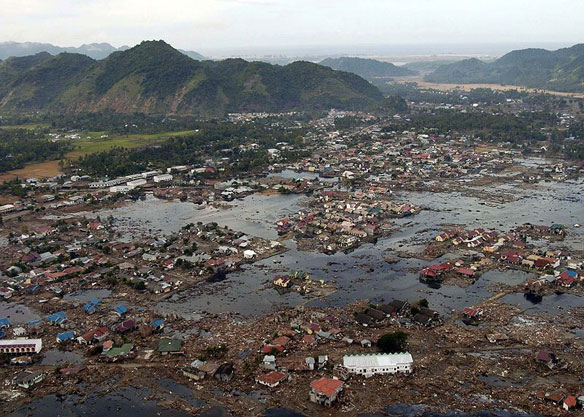
A study estimates that the death toll of the devastating 2004 tsunami along Indonesia’s West Aceh coast would have been smaller had there been enough coastal vegetation to dull the blow and shield the coastal settlements from the shoreline.
Japan Revives a Sea Barrier That Failed to Hold
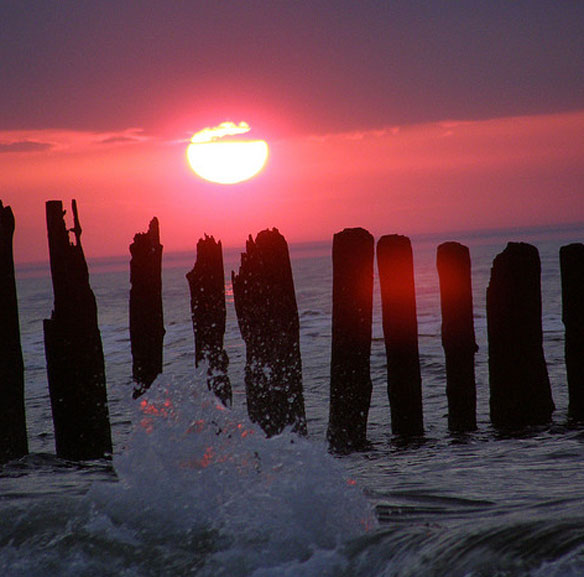
When a giant tsunami hit Japan’s northeast on March 11, the three decades work and nearly $1.6 billion Kamaishi’s great tsunami breakwater, largely crumpled under the first 30-foot-high wave, leaving Kamaishi defenseless. Waves deflected from the breakwater are also strongly suspected of having contributed to the 60-foot waves that engulfed communities north of it…
Japan Nuclear Radiation Higher Than Estimated
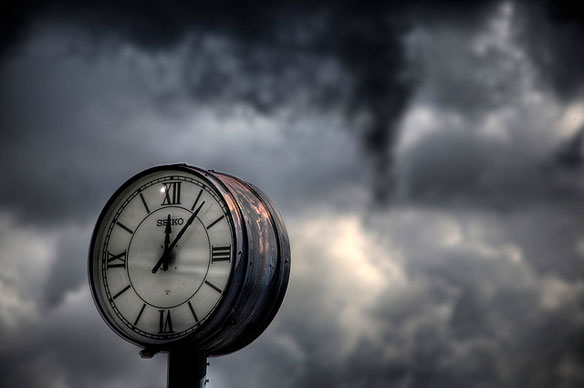
The Fukushima nuclear disaster released twice as much of a radioactive substance into the atmosphere as Japanese authorities estimated, reaching 40 percent of the total from Chernobyl, a preliminary report says
Up to 20 million tons of debris from Japan’s tsunami moving toward Hawaii
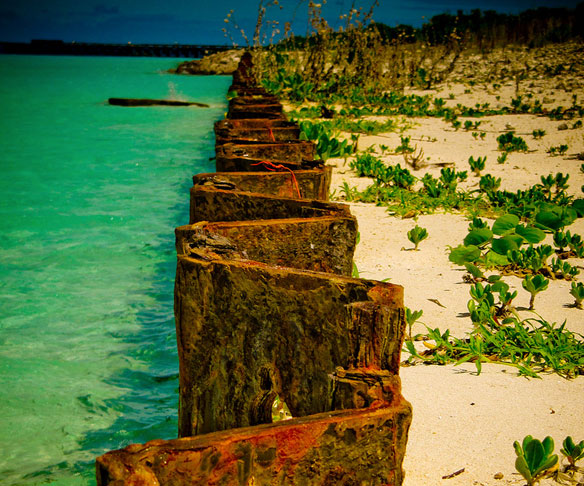
Up to 20 million tons of debris from the Japanese earthquake and tsunami in March, is traveling faster than expected and could reach the U.S. West Coast in three years. The marine debris were recently spotted by a Russian ship’s crew.
Tsunami Debris Found 3,000 km From Japan Coast

A Russian ship has found debris from the Japanese tsunami, including a fishing boat, floating adrift in the Pacific thousands of kilometres from the disaster zone, a Hawaiian research group said.
Ocean-Island Landslide At Tenerife: Onshore Record And Long-Term Effects

Volcanologists have uncovered one of the world’s best-preserved accessible onshore remains of a monstrous landslide that followed a huge volcanic eruption on the Canarian island of Tenerife. Tsunamis generated from such events may travel to devastate coastlines thousands of miles away.
Japan finds radiation in rice, more tests planned
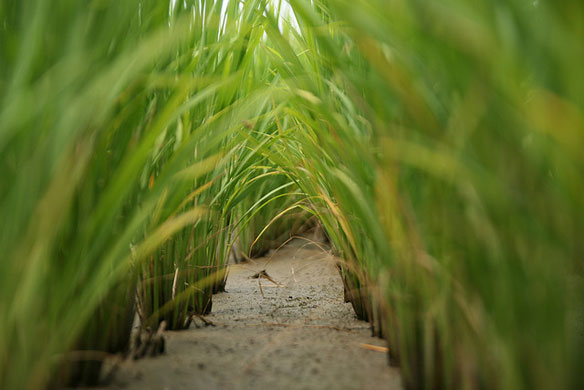
Japan is ordering more tests on rice growing near Fukushima Dai-ichi nuclear power plant, after finding elevated levels of radiation, government officials said Saturday.
Fukushima nuclear disaster: truth beginning to emerge
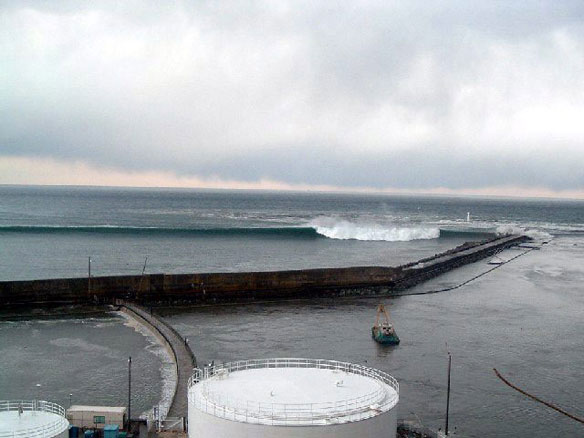
One of the most serious civil nuclear accident took place on March 11, 2011 when Japan Fukushima Daiichi nuclear power plant was hit by a earthquake and tsunami. Criticism of the handling of the aftermath of the disaster abound, as the world is now watching new Japan’s PM strategies to deal with the current crisis, and the truth is finally beginning to emerge.
Greenpeace calls on new Japan PM to delay school start for Fukushima kids

Greenpeace called on the Japan’s incoming Prime Minister to delay the September 1st opening of schools in Fukushima City, after a Greenpeace radiation monitoring team found dose rates exceeding international safety standards.
